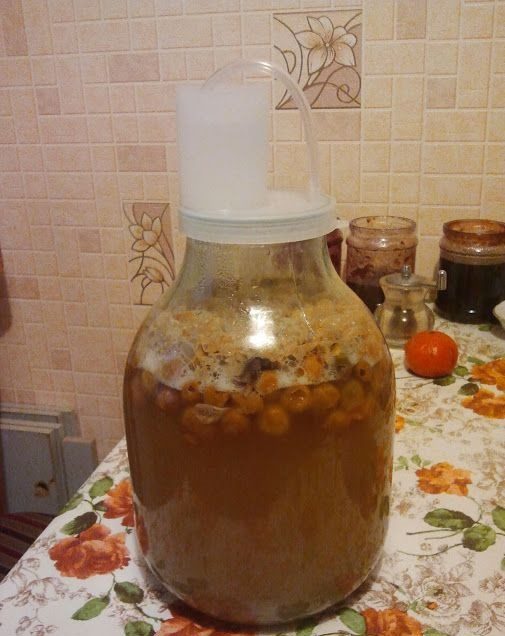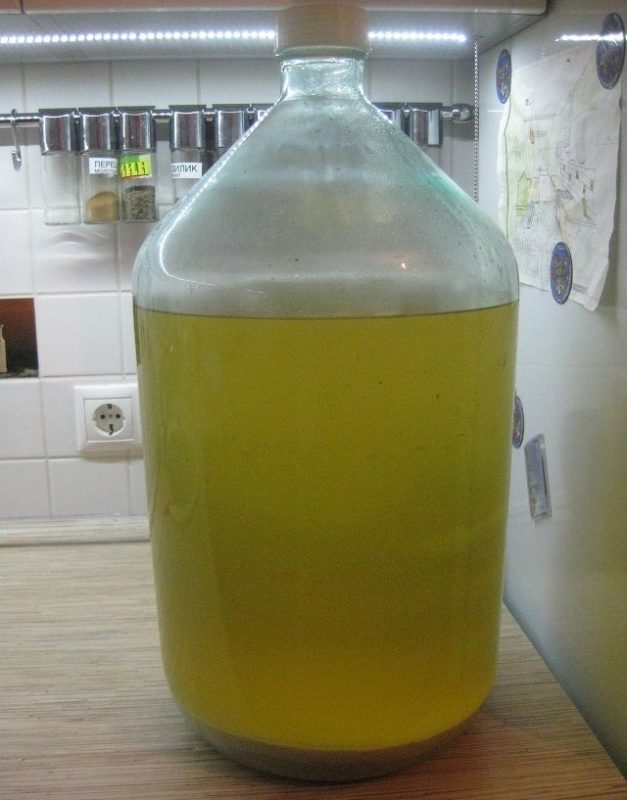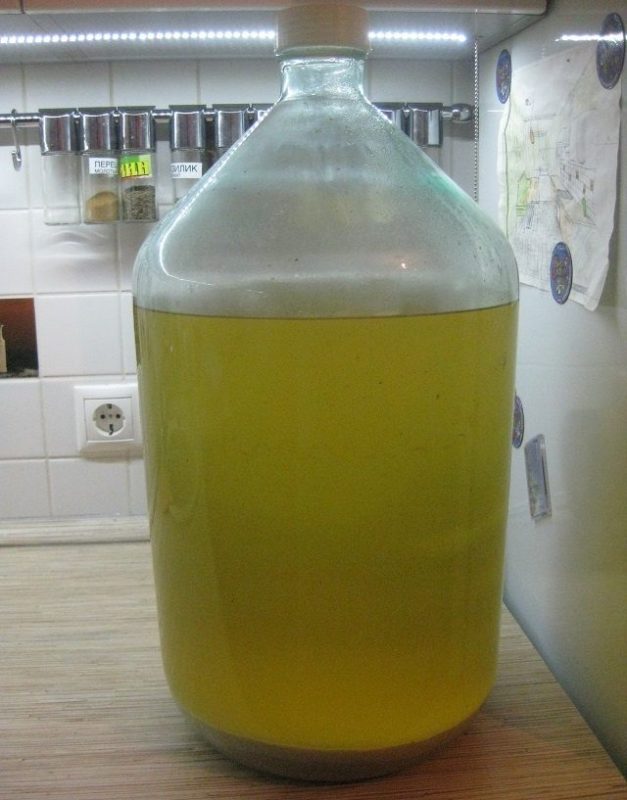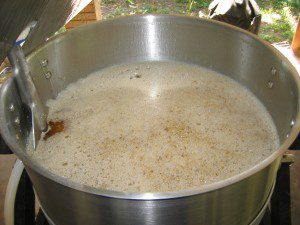Contents
The debate about whether to stir the mash has divided moonshiners into two camps: some are negative about any interference with the fermentation process, while others believe that stirring the mash speeds up fermentation, increases yield and prevents souring. We will look at the advantages and disadvantages of each approach.
Arguments of supporters of mixing mash
1. Fermentation accelerates. This is true, but the effect is not as strong as is commonly believed. Braga will play faster by a maximum of 1-2 days, which is not critical, given the side effects that will be discussed later.
Proponents of mixing give as an example the case when the mash in the included washing machine is ready for distillation in 1-2 days. However, here it must be borne in mind that fermentation is accelerated more due to nitrogen compounds remaining after washing powder, and not mixing as such. Poorly fermenting sugar mash can be fed, while fruits and grains contain all the necessary trace elements and do not need to be fed.
The release of carbon dioxide during active fermentation creates a comfortable liquid movement for the yeast and does not require acceleration. If an excess of oxygen enters the mash (with open stirring), then there is too much yeast, as a result, instead of sugar, they begin to eat their relatives, and harmful substances additionally accumulate in the mash.
2. Increasing output. In the right mash (good yeast, optimal hydromodulus and temperature), the yeast will process all the available sugar into alcohol in a reasonable time.
In itself, mixing the mash cannot increase the yield of moonshine, because this is a stable value that depends only on the concentration of sugar in the solution, the main thing is that all this sugar is fermented by yeast.
3. Braga does not turn sour. Souring occurs with the access of air, so a properly installed water seal eliminates the problem, and mixing helps only partially.
4. The pulp does not accumulate on the surface. The problem is relevant for some fruit and grain brews, delivered according to the “red” fermentation scheme – along with fruits or grain residues without filtration. Sometimes in the first few days, particles of berries (fruits) or grains float to the surface, creating a layer that can decompose on the surface, prevent the release of carbon dioxide, and sometimes even clog the water seal.


It is in this case that mixing the mash during fermentation is justified, but intervention is required only for the first few days, then all the particles themselves settle to the bottom.
Disadvantages of mixing mash
1. The risk of infection increases. When opening the fermentation tank, there is a chance that pathogenic microorganisms will get into the mash from the air or on the stirring tools, which can cause mold and / or souring, because oxygen will get along with them.
2. Sediment does not accumulate on the bottom. Loose sediment in the mash is the remains of dead yeast and other harmful substances, most of which are cut off in the process of removing the mash from the sediment before distillation. When mixing, all harmful substances remain in the liquid part of the mash, and some of them enter the moonshine.
To prevent this, the mash must be left alone for at least a day to precipitate, and this eliminates the advantage of rapid fermentation due to mixing.
It is because of the sediment that they try to disturb the wine as little as possible. If you stir the wine often during fermentation, then its taste will be noticeably worse.
When to Stir Braga
Stirring is required when adding sugar so that it dissolves well in the liquid and does not fall out in a separate layer at the bottom. But during fermentation, it is more correct to pour off part of the wort, dilute sugar in it, then pour the resulting syrup back into the fermentation tank, and not add sugar and stir the mash, shaking the sediment at the bottom.
Before distillation, the mash removed from the sediment can be degassed by stirring. This will reduce foaming during distillation.
It is only necessary to stir the mash during fermentation if a layer of raw material residues has accumulated on the surface, which begins to turn black, prevents the release of carbon dioxide or clogs the water seal.




How to mix mash
It is advisable not to open the container so as not to expose the mash to additional contact with oxygen and pathogenic microorganisms. For this, magnetic stirrers are used (special devices at the bottom of the tank that mix the liquid due to vibrations) or built-in stirrers driven by hands or an electric motor.
If the container has to be opened, then you need to take care of the sterility of the instrument. Instead of open mixing, it is better to shake the fermenting mash (if the volume of the container allows).










